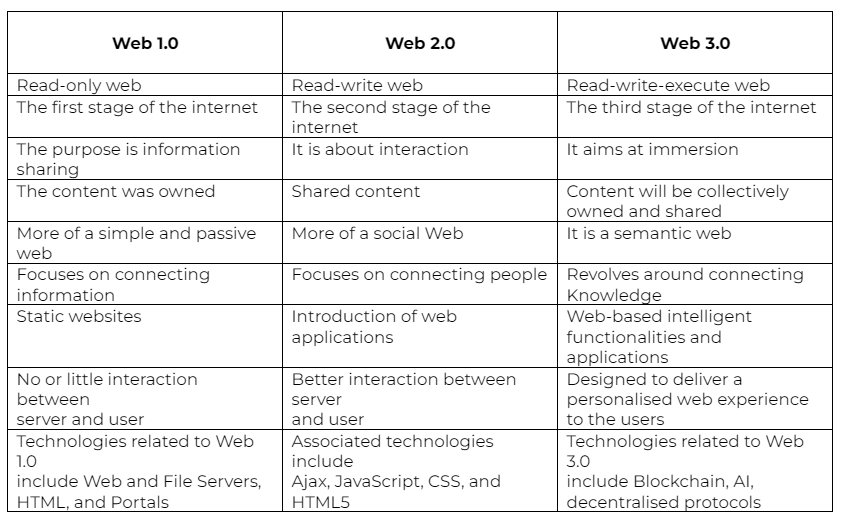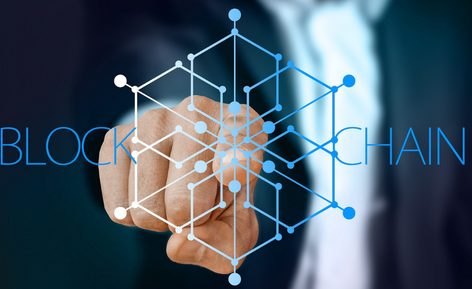“Blockchain technology is based on trust,” – says Linas, Co-founder at SUPER HOW? and DevAcademy 2022 Guest speaker.
In this video, you’ll find Linas Būtėnas’ presentation “Beginners Guide to the Galaxy of Blockchains” on blockchain technology. The presentation was given during XPLICITY DEC ACADEMY 2022.
Blockchain gold time is coming
“My own touch to blockchain started a few years ago. Before that time I thought ‘who can pay for some virtual currency around 7 euros? It’s expensive, it’s nonsense.” How wrong I was. In 2017 I saw all that ideology about blockchain and I got a vision that we are pretty much in a similar situation as in 1996. In 1996 the internet existed but there was no mega boom. So with the blockchain now is the same feeling – that I’m at the beginning of technology which soon is going to bloom into something big,” says Linas.
What is blockchain?
The blockchain is a distributed, public ledger that contains the history of every bitcoin transaction. Anyone involved can download a copy of the blockchain, and it can be inspected to trace the path of bitcoins from one bitcoin transaction to another.
“Since the Public Private Key System was invented (1970-1973) and the first RSA algorithm was developed (1973), many things have changed and been developed, e.g. as e-gold or e-money. In 2008 blockchain was born. Now we are fourteen years on and it has taken a long time for governments to stop ignoring this technology and recognize it,” says Linas.
Linas’ insights on blockchain technology:
1. Need for trust: the value exchange is possible then trust is present
From my point of view, the main thing that blockchain brings – is a tool of trust that belongs to everyone who wants to participate. Regardless of state, government or anything else and, it gives us a whole different set of possibilities.
Basically, all exchanges in the world are based on some kind of trust. For example, in ancient times there were Rai stones. Rai stones have been viewed by modern economists as a form of money, and are often used as an example to support the thesis that the value of some form of money can be assigned purely through shared belief in said value.
The bigger is a stone, the greater wealth it represents. E.g. the whole village would gather and say “now Linas passes this stone to John”, and everyone knew that the stone now belonged to John. Often the stones were so big that they could not be moved. So you have a record memory in everyone’s head, just as blockchain technology has a record in its code.
2. When did a change start?
It is often asked why blockchain technology could not have been developed earlier. A good answer would be that there is a distributed ledger change over time. From clay tablets, papyrus, tally sticks, double entry bookkeeping, spreadsheets to distributed ledgers (electronic).
So when we become aware of Bitcoin (₿) – a decentralised digital currency, without a central bank or single administrator, that can be sent from user to user on the peer-to-peer bitcoin network without the need for intermediaries – the change happened. Bitcoin was invented in 2008 by an unknown person or group of people using the name Satoshi Nakamoto.
Satoshi Nakamoto is the name used by the presumed pseudonymous person or persons who developed bitcoin, authored the bitcoin white paper, and created and deployed bitcoin’s original reference implementation. As part of the implementation, Nakamoto also devised the first blockchain database. So we start talking about CRYPTO ECONOMY – an economy based on cryptographical and decentralised infrastructures.
3. Decentralised autonomous organisations (DAO)
The first thing I would recommend to start your understanding of blockchain is to look up Don Tapscott TEDx’s speeches or read his book “Blockchain revolution”. This man already in 2016 spoke about the things what the world is doing with blockchain only now. So, Don Tapscott had the right vision, the right understanding, and now you could say it’s just a technical implementation of it.
Blockchain enables the creation of Decentralised Autonomous Organisations (DAOs), which create an element of trust. Like the European Union and the movement between its countries: moving freely without checks helps to create efficiency. So, with the blockchain: we have the ability to “move”, we have a trust protocol that gives us the ability to invest in the projects. For example, I, as sole person in the world, can invest into various projects e.g. only two dollars. Obviously, I would be on a different playing field, but the point is that I can be on it.
So the idea of decentralised autonomous organisations is that there is an organisation that exists on a blockchain, its members have a democratic vote and they make the decisions; and that organisation can have its own money, its own particular protocols and so on.
4. Self-sovereign Digital Identity
Self-sovereign Digital Identity is a very important thing, as well. We are nobodies on the internet. We identify ourselves, for example through Gmail. So if someone accessed my Gmail, they can access a lot of my stuff, change passwords and so on. And there is no way I can identify myself remotely then. So, I cannot do or buy anything on the internet where identification is needed – in this case constraining the economy.
5. Where are we heading?
We are migrating from the Read-only web to the Read-write-execute web and participating in it. Whereas before you opened a page and could read it, now we can upload content and move towards a more augmented reality. Blockchain is not only a social web, but it is also social – the public has yet to adopt it.

A full video presentation with a broader explanation of blockchains can be found here.
I want to download the presentation slides:
“Beginners Guide to the Galaxy of Blockchains” by Linas Būtėnas

